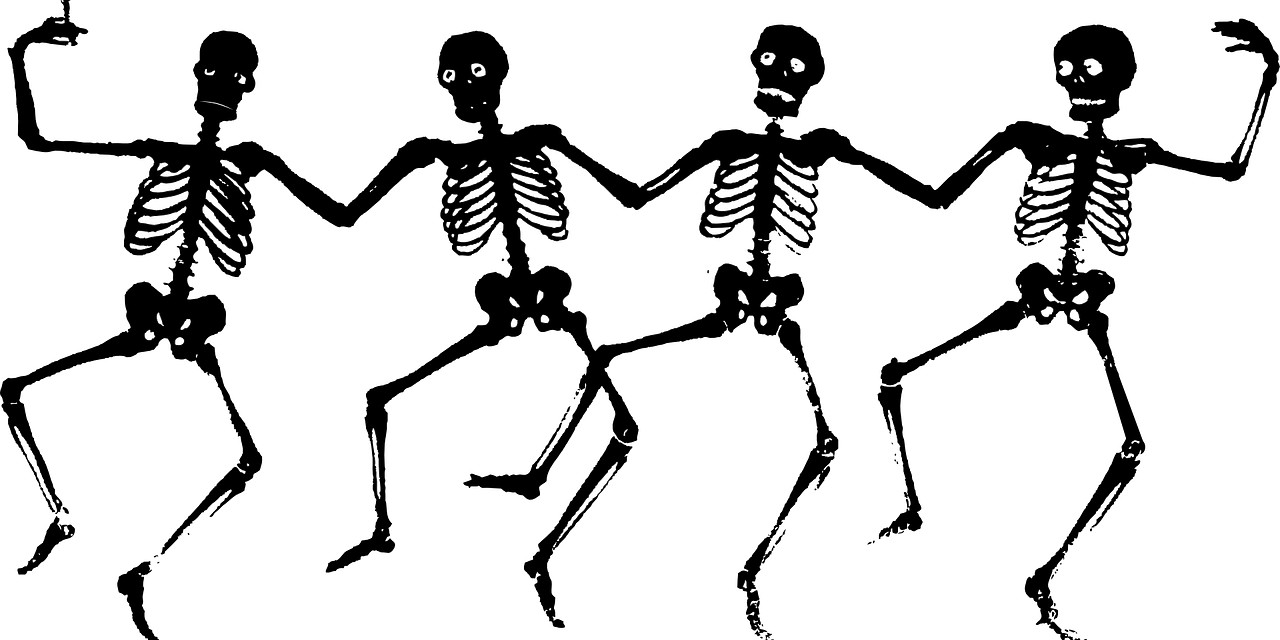
Wonders of the Human Body: Bones and All
Recommended for Biology
Reporting on the Wonders of the Human Body: Bones and All
By Curious Times, Student Reporter
In our science class, we often learn about the wonders of the human body. As part of this learning journey, I discovered something astonishing: babies are born with 300 bones, whereas adults have 206. It raised a question that intrigued me: What happens to the 94 missing bones as we grow up? I dug into the science to get to the bottom of it. We’ll unravel this mystery today!
Babies: The Flexible Foundations
Babies are the epitome of wonder. From their cute giggles to their tiny toes, everything about them intrigues us. But what most people don’t realize is that babies are born with 300 bones, almost 100 more than adults. So where do these extra bones go? Do they simply vanish? Thankfully, they don’t disappear like some magical act. These bones fuse together as we age.
Babies’ bones are quite flexible and are primarily composed of cartilage, a tough yet flexible tissue. This unique property of cartilage allows for the baby’s easier passage through the birth canal. These cartilages serve as the skeleton’s foundation. As the child grows, these cartilages slowly ossify, meaning they become more rigid and fuse together. By the time the child reaches adulthood, the bones have consolidated into 206 hard, calcified structures.
The Fusion Phenomenon
Now, one might wonder why this fusion occurs. The human body is a marvel of engineering. As children grow, their bodies go through various changes. During these formative years, some bones merge to better support bodily functions. This process is evolutionary and has been developed over millions of years. For instance, the bones in the human skull fuse as we grow older to provide better protection for the brain. So, they’re engineered for purposeful living.
Teeth: The Exception to the Rule
Interestingly, the 206 bone count does not include our teeth. Despite popular belief, teeth are not considered bones. While both bones and teeth are hard, white, and contain calcium, that’s where the similarities end. Teeth are made of enamel, which is even stronger than bone. Enamel must be sturdy to handle the force of chewing food, after all. So, when you think about the structure of the human body, remember it’s bones and all—except for teeth.
Children Vs. Adults: Flexibility Over Fragility
Another fascinating distinction is the flexibility of bones at different ages. A child’s bones are much more pliable compared to an adult’s. This adaptability is due to the high content of cartilage, which decreases as one ages. For kids, this means their bones might bend or “bow” rather than break when subjected to force. This is a protective mechanism.
In adults, however, the bones are harder and more brittle. They are also more prone to breaking than bending. This is because most people’s bones finish fusing together around the start of puberty or adolescence. This fusion process results in bones that are sturdy but less forgiving when exposed to external pressures.
The Underlying Chemistry
It’s worth noting that not all bones contain calcium even before merging. This may come as a surprise to many who associate bones strictly with calcium. Bones and all, they are a complex network of minerals and proteins that give them their unique properties. Calcium is undoubtedly essential for bone strength, but other elements like phosphorus and collagen also play a critical role.
The Ongoing Journey of Our Bones
In conclusion, the human body is a remarkable machine. From the flexible cartilages in babies to the rigid bones in adults, the skeletal system undergoes a fascinating transformation as we age. This fusion of bones serves several vital functions, such as better support and protection for our organs. As for the curious case of the 94 “missing” bones, they never really go missing; they become part of a more significant, more intricate system that makes us who we are.
So the next time you trip and fall, or even when you’re simply walking, spare a thought for your remarkable skeletal system. It has evolved and adapted through the years to make you the sturdy, resilient individual you are today.
Similar Stories
Watch a video
Here is an interesting video, we found on YouTube for you. Video credit: Body Hub/Youtube
Curious Times is a leading newspaper and website for kids. We publish daily global news aligned to your learning levels (also as per NEP 2020): Foundational, Preparatory (Primary), Middle and Senior. So, check out the News tab for this. We bring kids’ favourite Curious Times Weekly newspaper every weekend with top news, feature stories and kids’ contributions. Also, check out daily JokesPoke, Tongue Twisters, Word of the Day and Quote of the Day, kids need it all the time.
Curious Times News Program for Schools for FREE. Over 5,000 schools and teachers from all over the world have joined our programme so that students and teachers can get FREE Educative Newspaper. Here, kids can take part in world events and win prizes and certificates for free through their schools.
Moreover, schools are sharing important School News, like interviews with the principal, notices about new students, contests, and results, not just on social media but also on a news website for kids and other schools.
Thus, do not wait any further, sign-up for your school for FREE.
The following social media platforms allow you to communicate with us: WhatsApp, Instagram, Facebook, Youtube, Twitter, and LinkedIn.
0 (Please login to give a Curious Clap to your friend.)
